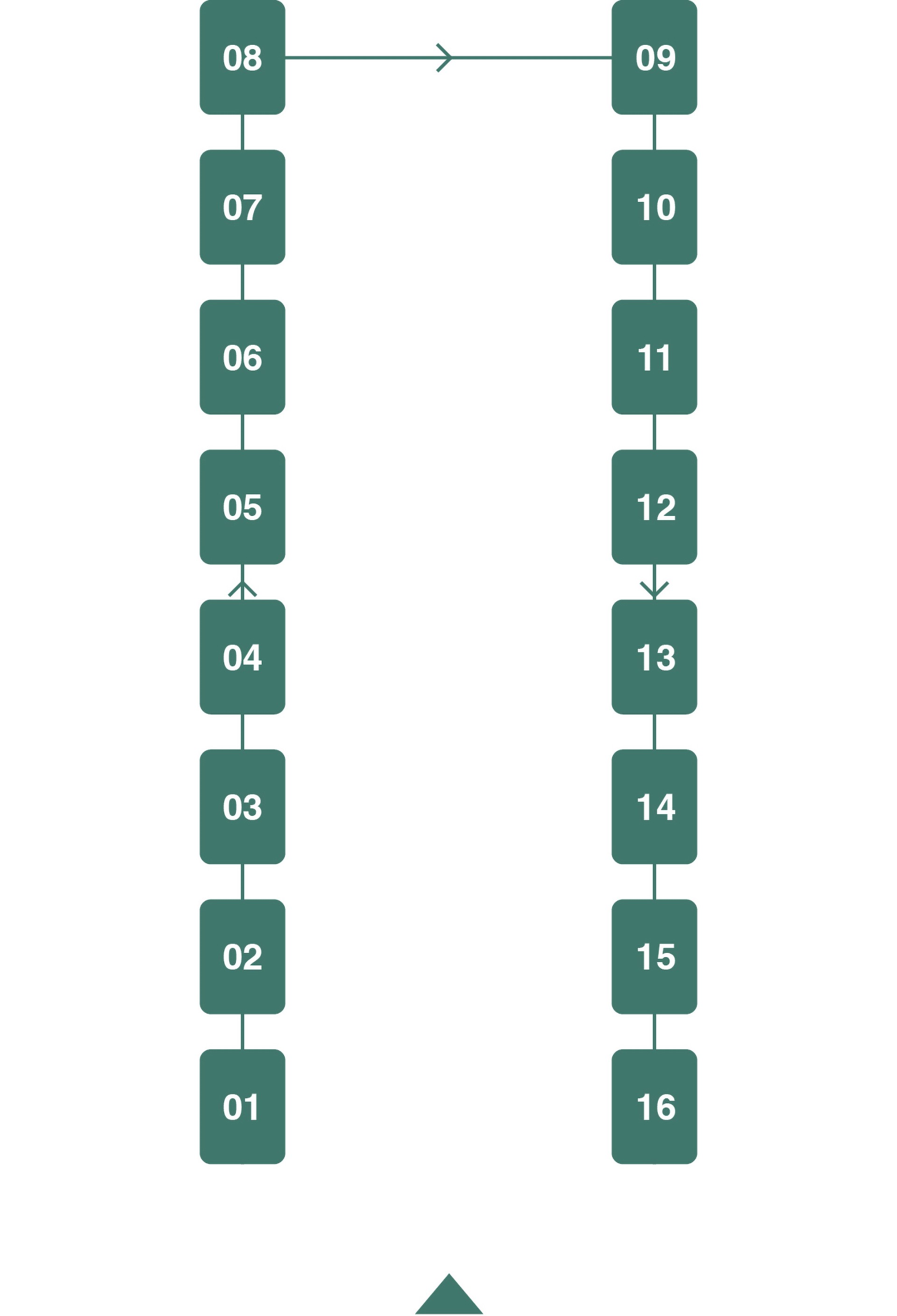
H+, MATTHIEU GAFSOU
Transhumanism is an intellectual movement that aims to augment the human body through use of sciences and technique. This topic refers to everyday purposes, which are already banal, such as the use of pacemakers or smartphones. It also refers to fantasies which advocate immortality and even claim the abandonment of the body made of flesh in favor of the machine. H+ is about the present. What really exists, what we can see, where we can see it. From Switzerland to Russia, between France, Germany and Czech Republic, he has been
tracking, the people – from biohackers working in garages to major labs –, the objects and sometimes the concepts related to this movement. It is the sum of various fragments that weaves a network of meaning. There are, therefore, many defects and deformations. Gafsou testifies here of the latent violence involved in the technological transformations under way.

Self-portrait of the artist as a cyborg.
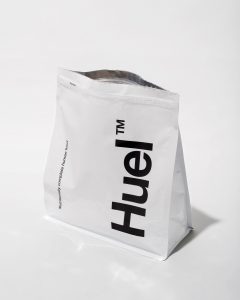

These "total" foods are not dietary supplements but food substitutes. Water is added to powder that contains everything the body needs but nothing more. This practice is symptomatic of abandoning the body as a locus of pleasure and how much it is increasingly considered a vehicle, the functioning of which must be preserved. During Gafsou’s discussions, especially with the Russian transhumanist Danila Medvedev, he heard that, "thanks to this type of diet, we are gradually moving away from solid food while saving time and protecting our health." When the artist asked him about physical pleasure, he replied that on the scale of eternity—his horizon—that type of pleasure becomes trivial. The sales arguments put forward by companies that sell this powder are nutritional perfection, the quality of the products, respect for animals (veganism), and the saving of time.


The boundary between repairing a damaged or dysfunctional body— here, Gafsou’s father's knee prosthesis, which is strictly therapeutic—and enhancing a healthy body may seem obvious, but it is very hard to define. When does a prosthesis leave the medical realm in the traditional sense of healing and become a means to enhance an individual? To answer that question, it is necessary to try to understand or define what health is. The World Health Organization's (WHO) definition is clear: "Health is a state of complete physical, mental, and social well-being and not merely the absence of disease or infirmity." The wording, which has not changed since 1946, implies that health has a shifting, fluctuating, subjective character. This definition makes it easier to understand why many transhumanists consider their healthy bodies an incomplete vehicle that must be "fixed" and "fulfilled."

Transhumanists often say that even apparently healthy bodies are sick and imperfect and that technology, like chemical prosthetics or dietary supplements, are a means to achieve physical perfection. "Nootropics (from noos, "mind," and tropos, "bend"), also known as smart drugs and cognitive enhancers, are drugs, supplements, and other substances that improve cognitive function, particularly executive functions, memory, creativity, or motivation, in healthy individuals. Generally recognized as safe at low doses, nootropics are promoted in transhumanism as a means to improve living conditions or achieve specific goals, such as increasing motivation."

Electronic tattoo

The intra-uterine device (IUD) is a contraceptive invented in 1928 by Ernst Gräfenberg. It is a small object inserted into the uterus to prevent fecundation and, secondarily, implantation. The copper IUD locally releases copper ions and causes a reaction in the uterus due to the foreign body, which prevents the egg from being fertilized and/or implanted. It can remain in the uterus for several years. After its removal, its effects quickly regress, increasing the chances of pregnancy. The IUD is more than a prosthesis because it locally changes the woman's physiology.

Plastic surgery is not strictly transhumanist—it aims neither to improve health nor enhance the body's performances—but it lays the groundwork for the acceptance of a hybrid, customized body. Reconstructive surgery repairs the body. But when the goal is aesthetic, it transforms the body. Paradoxically, that modification leads to a normative conception of the body rather than its singularization. Moreover, the invasive nature of plastic surgery paves the way for more drastic transformations.
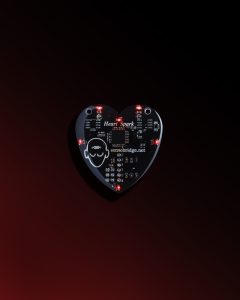
Some people wear necklaces that blink to the rhythm of their heartbeat. Others have had devices implanted allowing them to "feel" the North. In either case, these are demonstrative gadgets that prefigure objects with more potential. External appendages, they are outward signs of participating in a project: Their function is therefore quite superficial. They are symbols, futuristic substitutes for crosses or religious medals.

The electroencephalogram (EEG) measures the brain's electrical activity. It is the means by which a direct neuronal interface or brain-machine interface is installed. In other words, it establishes direct communication between the brain and the machine. Unlike usual interfaces, it does not require a mechanical movement (fingers on a keyboard, the hand on a mouse). It seems plausible to imagine that one day everybody will be able to control various machines by implants they will have had inserted into their bodies.

Considered one of the earliest modern prosthetists, Swiss physician Jean-André Venel (1740–1791) developed a corset for people with scoliosis, a curvature of the spine. The idea was to treat a malformation or disability. Technically, the corset is an orthotic device, which compensates for an absent or deficient function, as opposed to a prosthesis, which replaces a function. Orthotics are the forerunners of the exoskeleton, the development of which is accelerating for civilian and military uses.

This exoskeleton can be used for therapeutic purposes or to augment the wearer’s motor skills. Many companies sell such products, in general as support for a strenuous activity or to treat physical handicaps. But DARPA, the Defense Advanced Research Projects Agency, is working on the most spectacular exoskeleton prototype, capable of turning a soldier into a nearly inexhaustible war machine.

---------------------------------------------------------------------
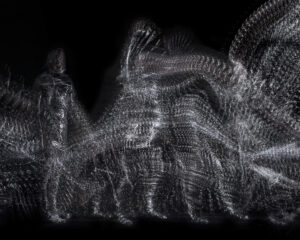
---------------------------------------------------------------------

---------------------------------------------------------------------

Cognitive neuroscience studies the neurobiological mechanisms (memory, perception, motor skills, language, reasoning, emotions) linked to knowledge and to our functioning. In the wake of philosophy and psychology, we are now trying, through experiments that implement the precise measurement of brain activity during motor or intellectual activities, to understand the functioning of the brain. The applications are numerous: improvement of direct human-machine communication; use of neuroprostheses (controlled by thought) or improvement of learning capacities notably through the use of virtual reality. One of the major challenges in this field lies in understanding selfawareness, elucidating the famous Cogito.
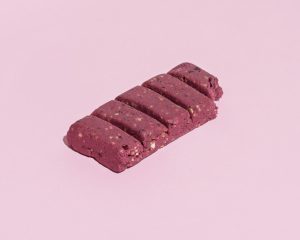
A bar, a (full) meal. These “total” foods are not dietary supplements but food substitutes.

The dietary supplement Elysium contains nicotinamide riboside, which has been shown to have positive effects on cell regeneration in mice. Although the findings of a 2016 study on humans look promising, the company's methods are controversial. Six Nobel Laureates are among its scientific advisers, but the power of this kind of supplement seems limited: aging is a multifactor process and acting on one factor alone cannot slow it down.

The size of a grain of rice, the NFC/RFID (Near Field Communication/Radio Frequency Identification) microchip can be implanted under the skin. In general, tattoo artists perform the operation. NFC/RFID is a way to store and retrieve remote data. The latest implantable microchips combine both technologies, leaving their uses up to their hosts. They can be used to store medical data, passwords, and small bits of information or to interface with other electronic devices, such as smartphones. Highly regarded by biohackers, they symbolize the transformation into cyborgs.

Born in 1918, centenarian Jeanne-Marie Dudan enjoys drinking strong espresso, the only nootropic substance, along with tea, she has ever consumed.

Classic orthodontic treatment using braces to align the patient's teeth. Originally therapeutic, it aimed to prevent jaw or dentition problems. Today it is also used for aesthetic purposes, establishing perfect teeth as a new norm of smile. The shift from correcting a physiological anomaly to improving appearance participates in manufacturing a relationship to the body as a malleable, correctible object. Implicitly, the body can be incomplete.

Contact lenses, like eyeglasses, are such common augmentations of the human body that we no longer pay attention to them.

Bioluminescence in the Aequorea victoria jellyfish has allowed scientists to make advances using transgenesis, the transfer of a gene from a cell of one species to a cell of another. Mice that have received the gene responsible for bioluminescence in the Aequorea victoria jellyfish glow when exposed to UV rays. Researchers use this property as a marker allowing them to analyze the growth of tissues, organs, tumors, etc.

Julien Deceroi self-implanted a magnet into his middle finger. He says it works like a new sense, allowing him to feel magnetic fields, including their amplitude or modulations. He also wears microchips. He is the only grinder I met in Switzerland. (Grinders are biohackers who demand total freedom for their bodies, which they enhance by operating on them themselves, often in extreme conditions.)

The quantified self movement advocates measuring physiological data in order to be healthier. It is part of the trend towards predictive medicine and increasing life expectancy. Quantified self uses tools connected to applications. They are usually external, but many companies are working on integrating them inside the body. For example, heart rate, activity during sleep, the blood oxygen rate, or physical activity can be measured. Quantified self allows individuals to create their own connected space and, in a way, become a medium, in other words an information system.

This syringe allows to implant an NFC/RFID chip. NFC/RFID is a way to store and retrieve remote data.
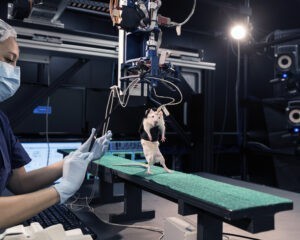
Geneva, Biotech campus, March 22, 2017. In the framework of Project reWalk, headed by Professor Grégoire Courtine of EPFL, electrodes have been implanted into this rat's injured spinal cord. The goal is for the rat to partially learn to walk again through electrical neurostimulation, accompanied by physical therapy and the use of stimulating drugs. If the spinal cord is not restored to its original condition, stimulation and physical therapy will allow a partial reconstruction of the tissues. This experiment paves the way for treating people with incapacitating spinal cord injuries.

Smartphone
A video made from a single photograph from the H+ series.
Music: Ripperton (aka Raphael Gros)
2023


